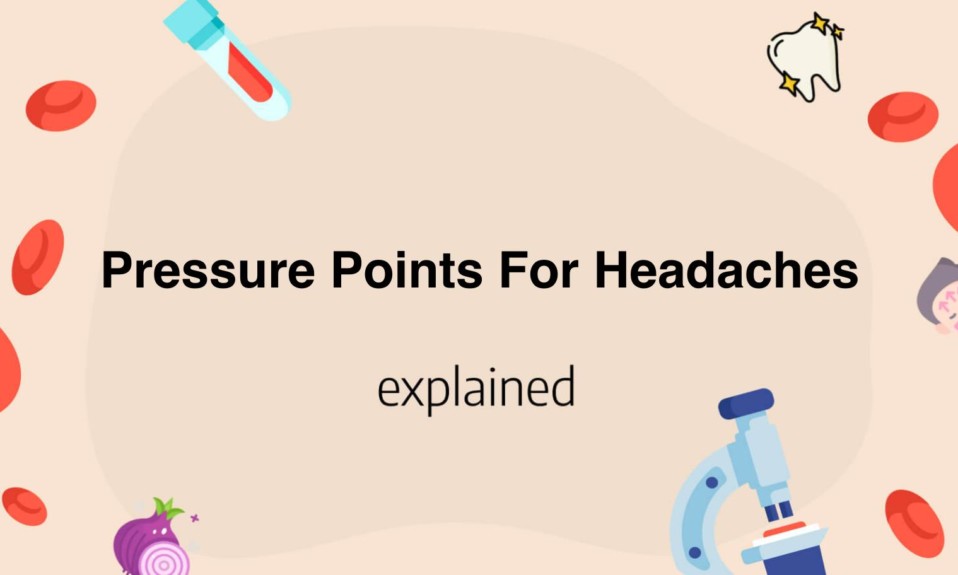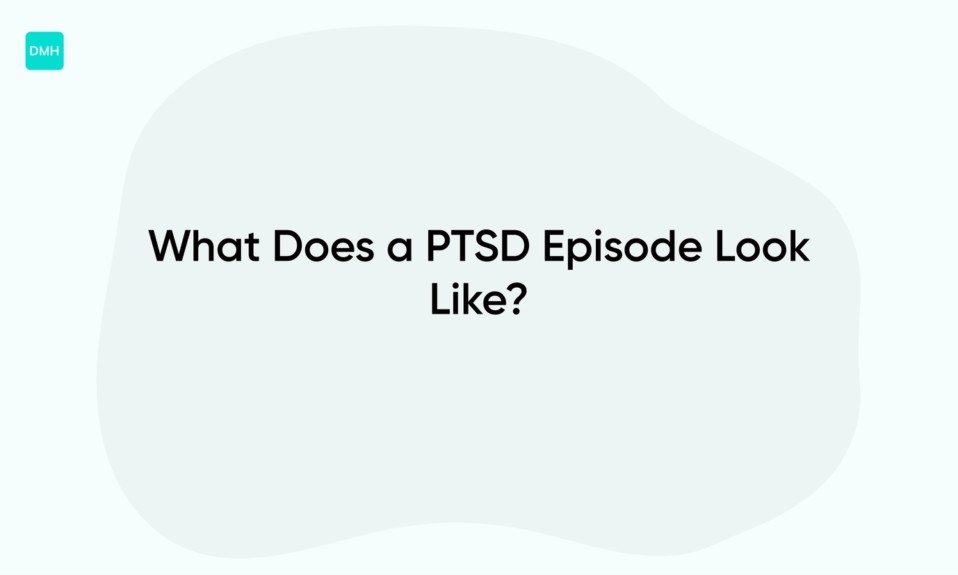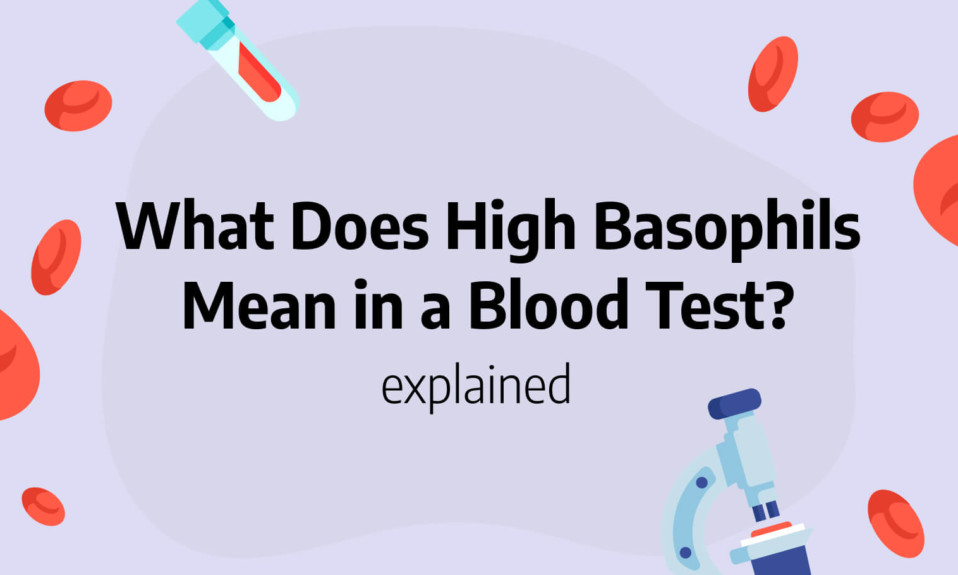If you suffer from headaches, you may have looked for different remedies to relieve the pain.
One non-invasive approach is exploring pressure points for headaches, which can help alleviate symptoms and promote overall relaxation.
By targeting specific areas on the head, neck, and face, these pressure points can stimulate blood circulation, reduce tension, and ease discomfort.
Understanding the different pressure points for headaches can be helpful in managing and preventing these conditions from disrupting your daily routine.
- Pressure points for headaches are specific areas on the body where pressure can be applied to reduce the symptoms of a headache.
- One common pressure point for headaches is located in the space between the thumb and index finger.
- Another pressure point is located at the base of the skull, just above the hairline.
- A third pressure point is located on the temples, just above and to the outside of the eyebrows.
- Applying pressure to these points can help to relieve tension and reduce the pain associated with headaches.
The 5 Best Pressure Points For Headaches
The human body has more than 400 pressure points, many of which can help alleviate headaches.
Here are the 5 best pressure points for headaches:
- Yintang: This pressure point is located between the eyebrows, in the spot where the bridge of the nose meets the forehead.Applying steady pressure to this point for a few minutes can help relieve headaches caused by stress, tension, or sinusitis.
- GB20: This pressure point is located at the base of the skull, on either side of the spine.Applying firm pressure to these points can help relieve headaches caused by tension or neck strain.
- LI4: This pressure point is located in the fleshy web between the thumb and index finger.Applying pressure to this point with the thumb and forefinger of the other hand can help relieve headaches caused by tension, eyestrain, or sinusitis.
- GV16: This pressure point is located on the back of the head, in the midpoint between the base of the skull and the top of the neck.Applying firm pressure to this point can help relieve headaches caused by stress, migraines, or neck pain.
- ST36: This pressure point is located on the lower leg, about four finger-widths below the kneecap and one finger-width to the outside of the shinbone.Applying pressure to this point can help relieve headaches caused by migraines, stress, or fatigue.
It’s best to lie down and have someone else apply pressure to these points for maximum effect.
Remember, pressure point therapy should always be used as a complementary treatment, not a substitute for medical treatment.
If you experience chronic or severe headaches, consult a doctor to identify the underlying cause and develop an effective treatment plan.
How To Apply Pressure To Relieve Headaches
When it comes to relieving headaches, applying pressure to certain points on the body can be an effective method.
One of the most popular pressure points is the temples.
Gently massaging the temples using circular motions with your fingertips can help ease tension headaches.
Another pressure point that can help alleviate headaches is located between the thumb and index finger.
Applying pressure to this point helps reduce tension in the head and neck.
Another technique that can help relieve headaches is to apply pressure to the base of the skull.
This area is where the spine meets the bottom of the skull.
Applying gentle pressure to this area using your fingers can help release tension and provide relief.
If you suffer from migraines, applying pressure to the back of the neck can help reduce the intensity and frequency of your headaches.
This area is located at the base of the skull, just above where the neck meets the head.
It’s important to note that before applying any pressure to these areas, you should first take a few deep breaths and relax your body to help enhance the effectiveness of the technique.
It’s also essential to avoid applying too much pressure, as this can lead to further discomfort or even pain.
If you’re unsure how much pressure to use, start with a light touch and gradually increase the pressure until you find a level that’s comfortable for you.
In addition to applying pressure, other methods that can help alleviate headaches include getting plenty of rest, staying hydrated, and reducing stress levels.
If you find that your headaches persist or worsen, it’s important to speak with a medical professional to rule out any underlying conditions.
In conclusion, applying pressure to specific areas of the body can help ease tension and provide relief from headaches.
By targeting these pressure points and using gentle massage techniques, you can help alleviate discomfort and promote relaxation.
Remember to stay relaxed and use a light touch, and if your headaches persist, seek medical attention for further evaluation and treatment.

Pressure Points For Headaches
Pressure points are often used as a natural remedy for headaches.
They provide relief by stimulating the body’s natural painkillers, endorphins, which block pain signals to the brain.
One pressure point is located at the base of the skull, known as the suboccipital triangle.
This can be found by placing the fingers at the base of the skull where the neck muscles attach to the skull and moving the fingers slightly towards the center.
Applying pressure to this point can provide relief for tension headaches.
Another point is located in the webbing between the thumb and index finger, known as the Hoku point.
Applying pressure to this point can provide relief for migraines and tension headaches.
It can be found by pressing the thumb and index finger together, and locating the highest point of the muscle when the thumb and index finger are brought closer together.
Pressure should then be applied for a few minutes.
Another pressure point is located in the indentation between the eyebrows, known as the Third Eye Point.
Applying pressure to this point can provide relief for sinus headaches.
It can be found by lightly pressing the area between the eyebrows with the fingertips.
It’s important to keep in mind that while pressure point therapy can be effective for headaches, it should not be used as a substitute for professional medical treatment.
If headaches are frequent or severe, it’s important to consult a healthcare provider.
Additionally, it’s important to remember that what works for one person may not work for another, and that each individual’s response to pressure points may vary.
Experimenting with different pressure points can help identify which points are most effective for individual needs.
Incorporating relaxation techniques, such as deep breathing or meditation, may also enhance the effectiveness of pressure points therapy.
Overall, using pressure points can be a safe and natural way to alleviate headaches, but should be used in conjunction with other healthy habits, such as getting enough sleep, staying hydrated, and managing stress.
Read also: How To Stop Diarrhea On Optavia
The Relation Between Pressure Points and Headaches
Pressure points play an important role in headache relief and prevention.
They are specific points on the body that, when activated, can alleviate pain and discomfort associated with headaches.
Applying pressure to these points can either stimulate or sedate the nervous system and help reduce tension in the muscles.
The three main pressure points for headache relief are the temple, the base of the skull, and the space between the thumb and index finger.
The temple point is located on the side of the head, in front of the ear, and is a common point for tension headaches.
Applying pressure to this point can provide immediate relief.
One technique involves applying gentle circular pressure with the fingertips for 10-15 seconds, then releasing and repeating the process on the other side of the head.
Another approach is to use firm pressure with the thumb and index finger, hold for a few seconds, and then release.
The base of the skull point is located at the back of the head, in a hollow area between the neck muscles.
It is a beneficial pressure point for alleviating headaches caused by tension in the neck and shoulders.
To apply pressure, use the fingertips in a circular motion for 10-15 seconds, then move to the other side of the head and repeat.
The space between the thumb and index finger is a pressure point located on the hand.
Squeezing this area can help relieve headaches caused by sinus congestion and tension headaches.
Using the opposite hand, apply pressure, squeezing the webbing between the thumb and index finger.
Hold for a few seconds, then release, and repeat with the other hand.
Pressure points for headache relief and prevention can be a valuable tool for those seeking natural remedies.
Incorporating pressure point techniques into a self-care routine can effectively reduce headache frequency, intensity, and duration, without the need for medication.
As a health expert for 20 years, I recommend utilizing these techniques, alongside other forms of headache management, such as adequate hydration, a healthy diet, regular exercise, and stress management techniques, for best results.
Read also: Why Does Stress Cause Diarrhea
Pressure Points For Headaches: Natural Relief
There are a number of pressure points on the body that can help alleviate headaches naturally.
One of the most effective points is located between the thumb and index finger, known as the LI-4 point.
Applying pressure to this point can help with frontal headaches, toothaches, and neck pain.
Another pressure point is located at the base of the skull, called the GB-20 point.
Applying pressure to this point can help with tension headaches, migraines, and eye strain.
In addition to these specific pressure points, there are several other natural remedies that can help alleviate headaches.
Drinking plenty of water and staying hydrated can help prevent headaches caused by dehydration.
Reducing stress through relaxation techniques such as meditation or yoga can also help prevent tension headaches.
Furthermore, incorporating a healthy diet and regular exercise can also help prevent headaches by improving overall health and reducing stress levels.
Certain foods can trigger headaches, so it’s important to identify any triggers and avoid them.
Some common food triggers include processed meats, aged cheeses, caffeine, and alcohol.
When dealing with headaches, it’s important to pay attention to the body and seek medical attention if necessary.
While these natural remedies can be effective, severe or chronic headaches may require medical treatment.
It’s important to find a balance between natural remedies and medical intervention for optimal headache relief.
Read also:










